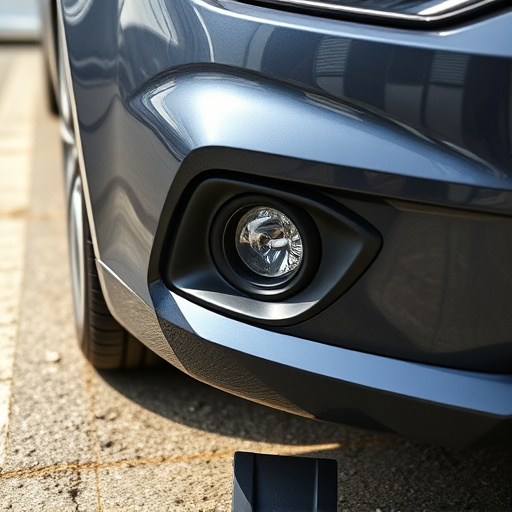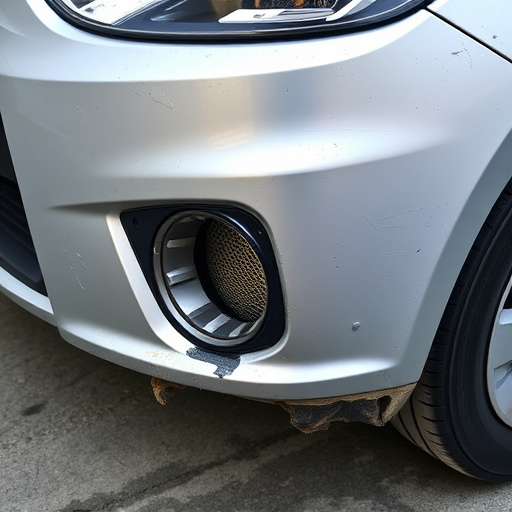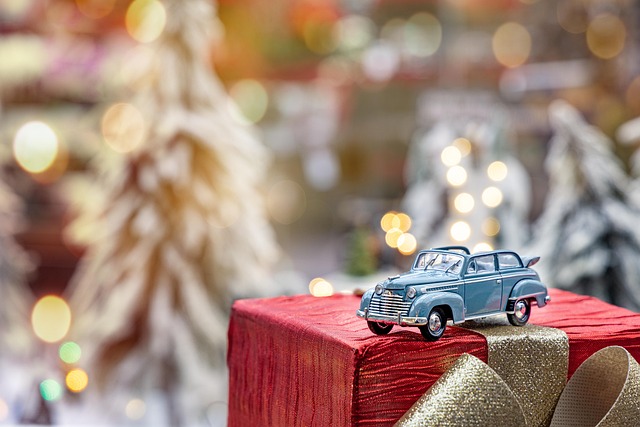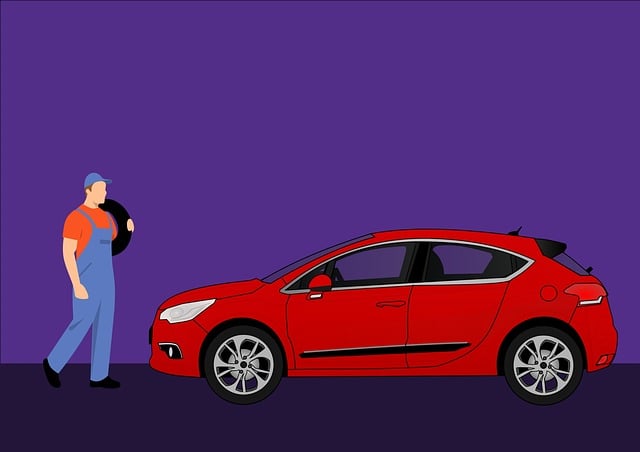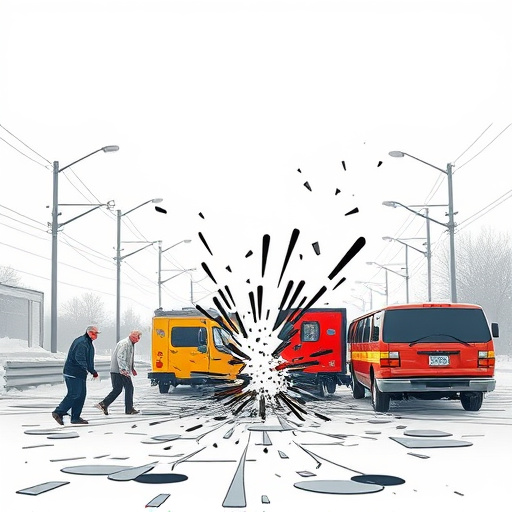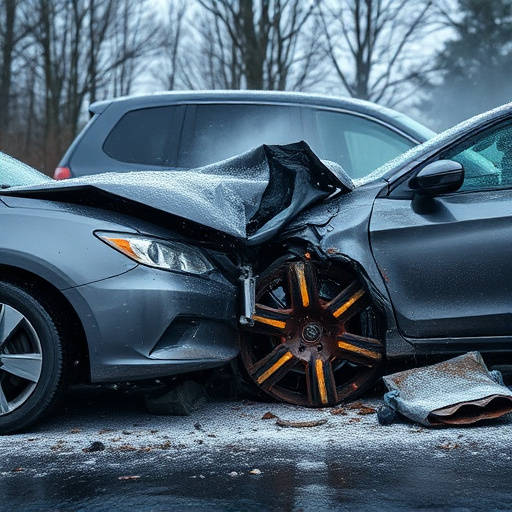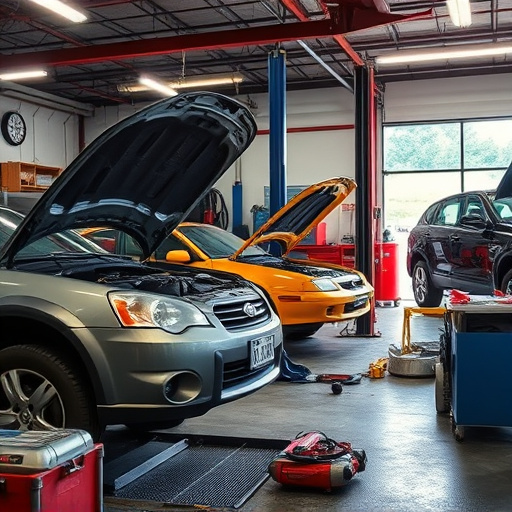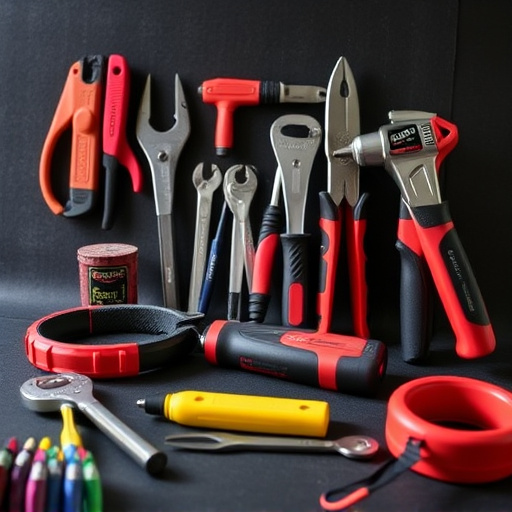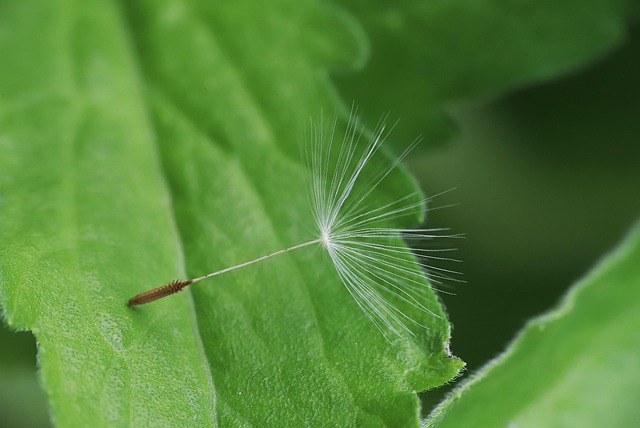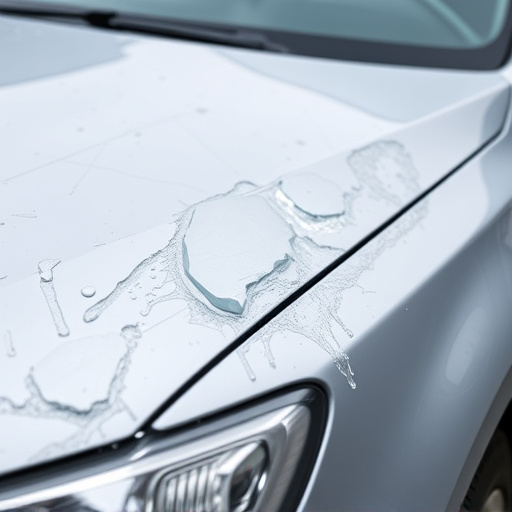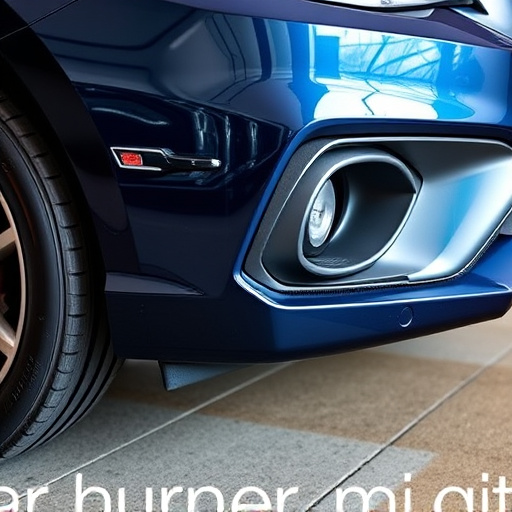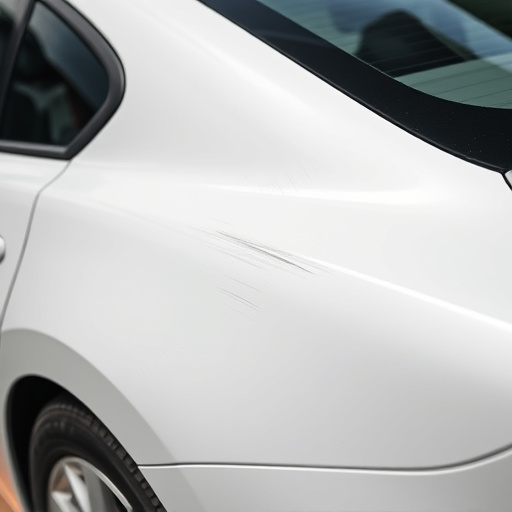Early identification of Tesla clear coat damage, caused by scratches or swirls, is crucial. Minor issues can be restored professionally, while more severe cases may require glass replacement or body work, considering warranty limitations. The restoration process involves inspection, cleaning, sanding, sealing, and precise clear coat application, followed by curing for a durable finish. Understanding warranty constraints helps owners decide on restoration services for effective solutions.
“Discover the secrets to restoring your Tesla’s pristine finish! This comprehensive guide tackles the age-old question: how to fix and protect your Tesla’s clear coat. We’ll explore common causes of clear coat damage, offering a step-by-step restoration process for DIY enthusiasts.
Additionally, we demystify Tesla’s warranty policies regarding clear coat repairs, ensuring you’re informed about limitations and potential coverage. Get ready to restore your Tesla’s glow and extend its protective layer.”
- Understanding Tesla Clear Coat Damage
- Restoration Process: Step-by-Step Guide
- Decoding Warranty Coverage Limitations
Understanding Tesla Clear Coat Damage
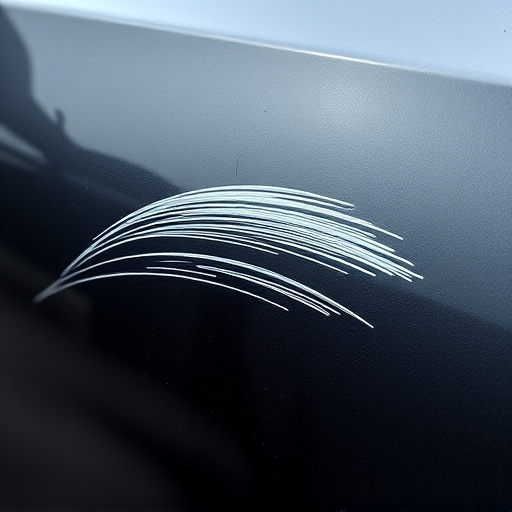
Tesla clear coat damage can occur due to various reasons, from minor scratches and swirls to more significant impacts and accidents. The clear coat is a protective layer that covers the vehicle’s paintwork, providing a glossy finish and shielding it from UV rays, oxidation, and other environmental factors. Over time, or as a result of certain incidents, this clear coat can become damaged or scratched, leading to a loss of luster and potential changes in the car’s appearance.
Identifying and addressing clear coat damage early is crucial. Minor issues can often be resolved through professional Tesla clear coat restoration techniques, which involve polishing and reapplication of the clear coat. This process not only restores the car’s aesthetic appeal but also helps to prevent further deterioration. For more severe cases where auto glass repair or automotive body work is required, owners should be aware that certain warranty limitations may apply. Understanding these limitations and seeking expert advice can ensure owners receive the best care for their vehicles while adhering to manufacturer guidelines.
Restoration Process: Step-by-Step Guide
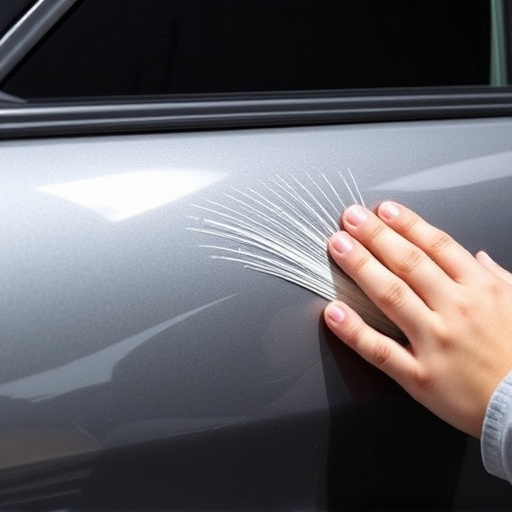
Restoration Process: A Step-by-Step Guide to Tesla Clear Coat Revitalization
The first step in Tesla clear coat restoration involves inspecting the vehicle’s paintwork for any damage or imperfections, including scratches, swirls, and chips. This initial assessment helps determine the extent of the repair needed. Next, the surface is thoroughly cleaned using specialized detergents and deionized water to remove dirt, dust, and contaminants that could interfere with the restoration process.
After cleaning, a fine-grit sandpaper is used to gently buff and smooth out minor imperfections, ensuring an even base for the clear coat. This meticulous step prepares the paint for the application of a high-quality auto paint sealer or primer. Once the surface is ready, professional technicians carefully apply the Tesla clear coat, utilizing advanced equipment and following manufacturer guidelines to achieve a seamless, factory-like finish. The final touch involves curing the clear coat at optimal temperatures, resulting in a durable, glossy protection that enhances the vehicle’s aesthetics and value, even after a car collision repair or other incidents.
Decoding Warranty Coverage Limitations
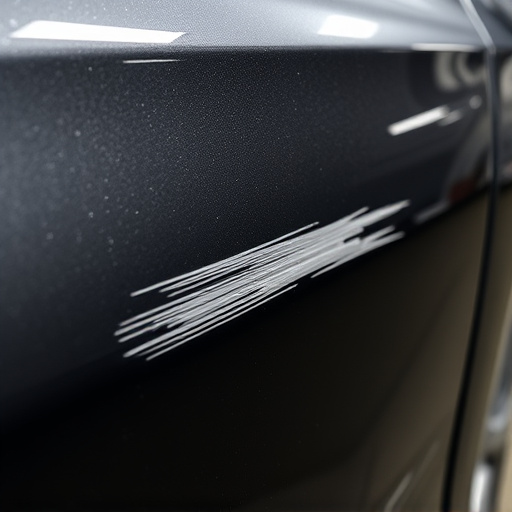
Tesla’s warranty, while comprehensive, has specific limitations when it comes to Tesla clear coat restoration. It’s crucial to understand these restrictions as they can vary from typical automotive restoration processes. The warranty generally covers manufacturing defects and doesn’t include routine wear and tear or damage caused by external elements. This means that if your Tesla’s clear coat is faded, scratched, or damaged due to everyday use or exposure to harsh conditions, it may not be covered under the warranty umbrella.
Decoding these limitations requires a close look at what constitutes a defect versus regular maintenance. For instance, minor clear coat imperfections caused by car washing or road debris might be considered normal wear and tear. In contrast, significant defects like blisters, severe scratches, or delaminations are likely covered as they point to potential manufacturing issues. Knowing the distinction between these categories can help owners navigate Tesla’s warranty limitations and determine when to seek professional automotive restoration services from a reliable automotive body shop for effective clear coat restoration solutions.
Tesla clear coat restoration is a crucial consideration for owners looking to maintain their vehicle’s aesthetics. By understanding the causes of clear coat damage and decoding warranty coverage limitations, you can effectively protect your investment. Following the step-by-step guide provided, you’ll be equipped to restore your Tesla’s original shine while being aware of the intricacies of the brand’s warranty policies. This knowledge ensures you can make informed decisions to keep your car looking its best for years to come.
